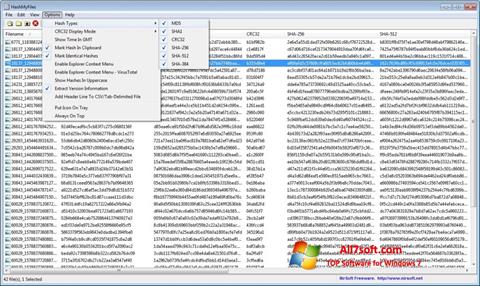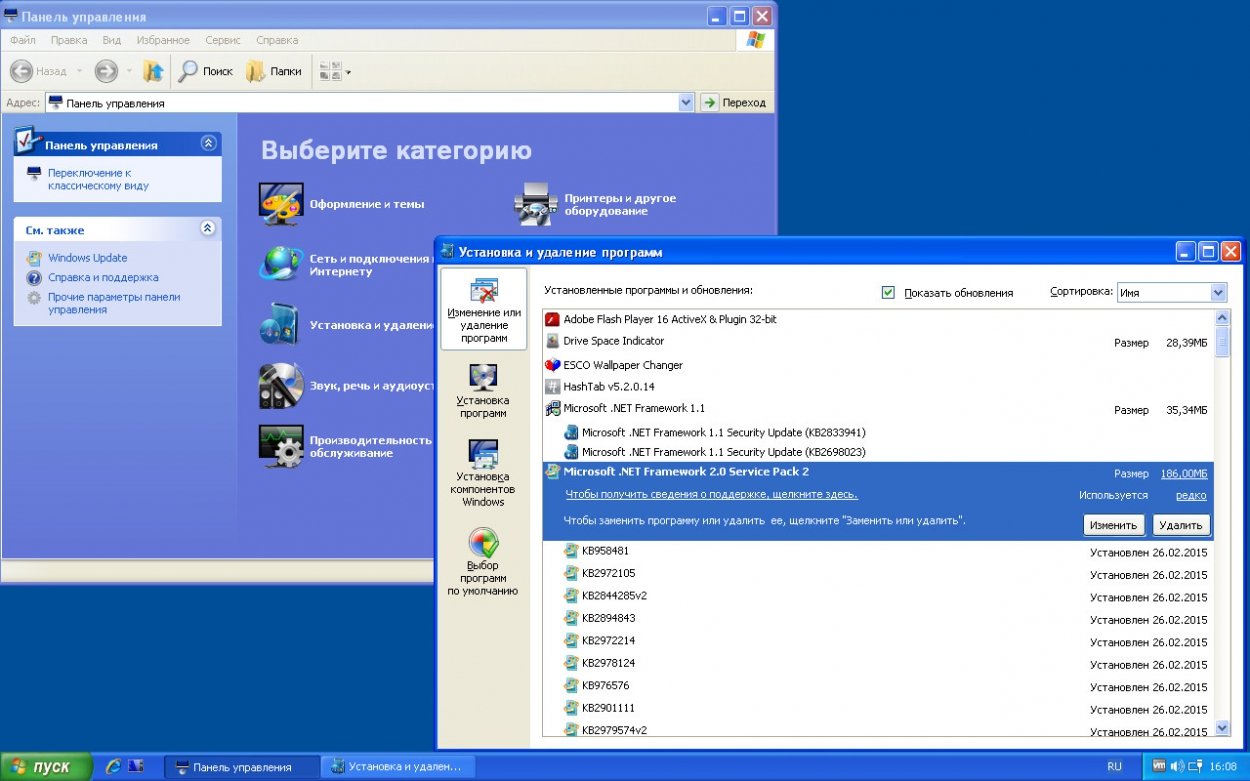
Hashtab windows review keygen#

That is why hashing is commonly employed in data transmissions to verify that the integrity of a file has been maintained in transmission. Both are very effective, in that mathematicians conjecture that it is “computationally infeasible” for two different files to produce the same hash value. Many kinds of effective hash formulas have been invented, but two are in wide use today: the SHA-1 and MD5 algorithms. That is how the math in all hashing works. There are no similarities in the hash numbers based on similarities in the files. But if you so much as change a single comma in a thousand page text, it will have a completely different hash number than the original. This allows for easy identification and elimination of redundant documents, the mentioned deduplication process. Even if the files have a different name, if their contents are the same, exactly the same, they will have the same hash. If two computer files are identical, then they will have the same hash value. Hash is commonly called a file’s “fingerprint” because it represents its absolute uniqueness. Thus the process is called “hashing,” in the linguistic sense of “to chop and mix.” The hash value is commonly represented as a short string of random-looking letters and numbers, which are actually binary data written in hexadecimal notation. Technically, hashing is based on the substitution and transposition of data by various mathematical formulas. For information on how the use of hash, instead of Bates stamps, is much more efficient and saves money in e-discovery processing, see my other blog The Days of the Bates Stamp Are Numbered. For more background on this law review article see my prior blog about it. As the title suggests, I make a specific proposal in the article for the adoption of an e-discovery file naming protocol based on hash to replace the paper oriented Bates stamp. The article has 174 footnotes to provide reference to almost everything on the subject that might be of interest to a lawyer or others in the e-discovery field. Here I discuss hash at length and review just about every case that mentions it. HASH: The New Bates Stamp, 12 Journal of Technology Law & Policy 1 (June 2007). Ultimately I wrote a forty-four page law review article on the subject. I became fascinated by its great potential as a safeguard for electronic evidence in the future, and ended up reading and experimenting with this algorithm in depth.

Hash is my favorite e-discovery technology. Hash also allows for the identification of particular files, and the easy filtration of duplicate documents, a process called “deduplication” that is essential to all e-discovery document processing. It is more popularly known today as a “digital fingerprint.” Hash is the bedrock of e-discovery because the digital fingerprint guarantees the authenticity of data, and protects it against alteration, either negligent or intentional. The unique alphanumeric of a computer file is called its “hash value.” Hash is also known in mathematical parlance as the “condensed representation” or “message digest” of the original message. As an example, the hash of the animated GIFF file is shown above. Hashing generates a unique alphanumeric value to identify a particular computer file, group of files, or even an entire hard drive. Computer hash is an encryption algorithm that forms the mathematical foundation of e-discovery.


 0 kommentar(er)
0 kommentar(er)
